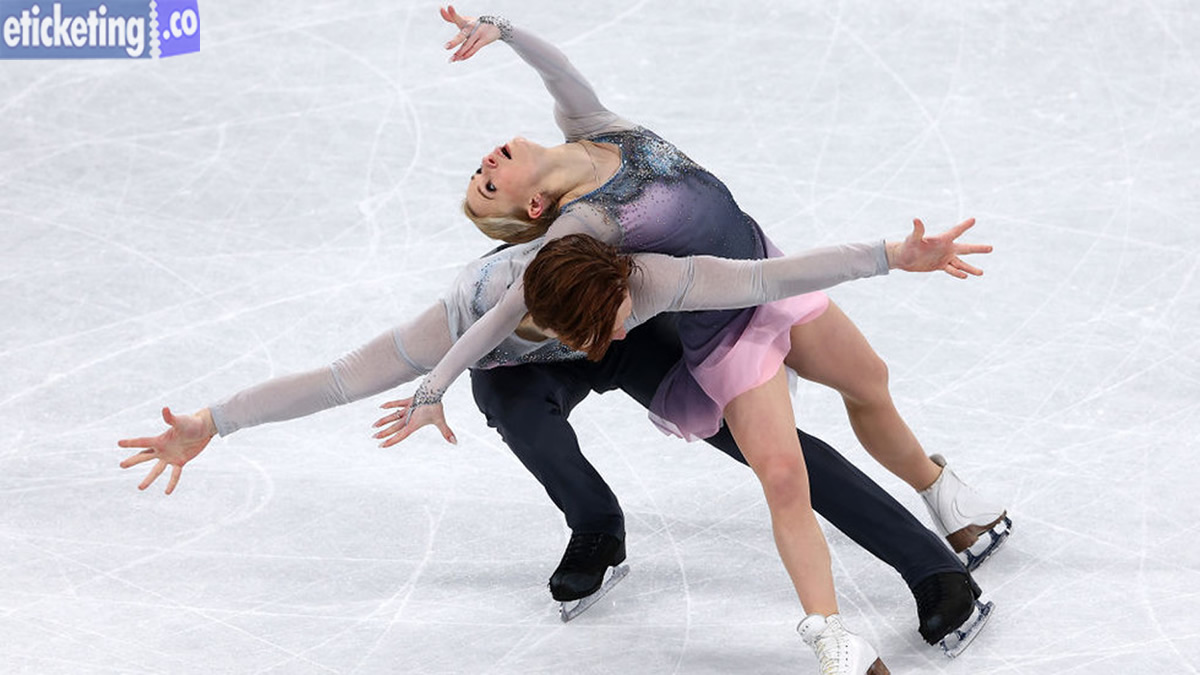Russian olympic figure skater Anna Shcherbakova won the gold medal in the women’s individual program at the Beijing winter Olympic in a competition that took place overshadowed by a positive drug test from teammate Kamila Valieva
Olympic 2026 fans worldwide can book Olympic Figure Skating Tickets from our online platforms e-ticketing. co. Fans can book Olympic Tickets on our website at discounted prices. Experience the thrill of the Games in Milano Cortina and support your favorite athletes as they compete for glory.
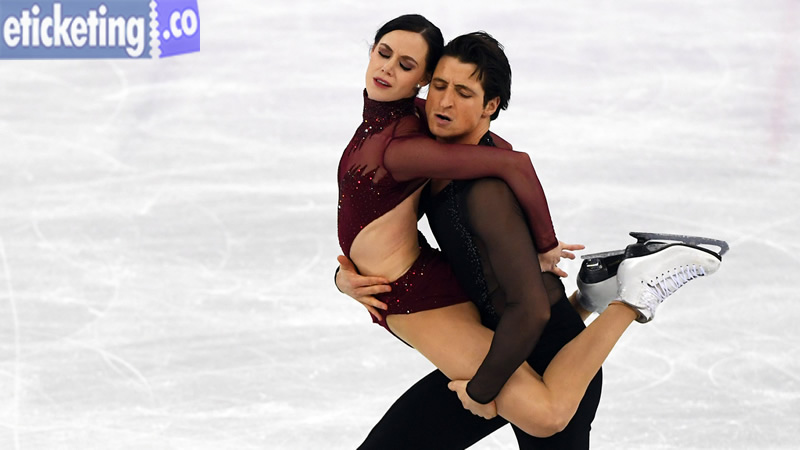
Russian skater Alexandra Trusova won silver. Japan’s Kaori Sakamoto took bronze. Among the main performers was 15 yearold Valieva who has been the subject of a scandal in the days leading up to her performance. Valieva, who skated last, ended in fourth place.
The 15 year old girl tested positive for a banned drug before the Olympics a revelation that came out during the Games but officials in Beijing allowed her to continue competing anyway. It seems that the weight of that scandal and the head turning days it caused took its toll on the young teenager.
She landed her first quad jump, but after the tricky move, Valieva faltered. She tripped several times and fell at one point. After finishing her program. she waved her hand in frustration. And as she waited for her score, she broke down in tears.
If Valieva had won medals officials would have canceled the ceremony after an investigation into the drug controversy. But since Valieva placed fourth officials held a ceremony to honor the top three skaters. A medal ceremony will be held in Beijing on Friday.
Shcherbakova Wins Gold Amidst Valieva Scandal at Beijing winter Olympic
Later that night, 17-year-old Trusova appeared confused. She left the rink earlier than Shcherbakova and Sakamoto who continued to take pictures after the ceremony instead.I am not happy with the result. There is no happiness Trusova told reporters after taking silver casting doubt on her future in the sport.
Trusova said she believed winning gold was within reach by attempting five quad jumps in competition – a feat she said she worked hard for. Later that night 17-year-old Trusova appeared confused. She left the rink earlier than Shcherbakova and Sakamoto, who stayed for photos after the ceremony.
When asked about her emotions, she said. I wanted to cry so I cried. I’ve been here for three weeks alone without my mother without the dogs and so I cry.
It was a night of big feats for the night’s top skaters with the Russian athletes landing some hard-to-beat quad jumps in their routines marking a special moment in evolution the sport.
Nicknamed The Quad Queen Trusova aimed to complete five quad jumps in her routine. She fell later in the performance, but her first big jump a quad flip received a standing ovation from the audience. She finished with 251.73 total points.
Shcherbakova also 17 whose score of 255.95 won her a gold medal started her performance with two successful quad flips. Although this trick is common in men’s figure skating not many women have been able to take the jump to competition. You can Read Winter Olympic Milano Cortina 2026: Figure Skating at Winter Olympic 2026
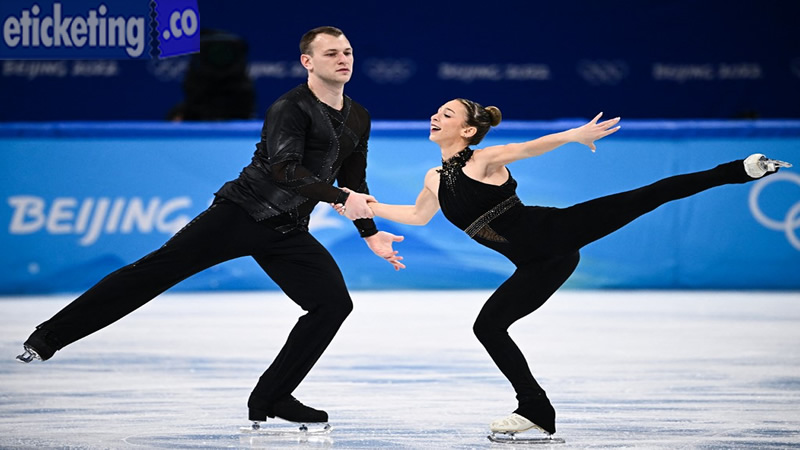
Trusova’s Silver Disappointment and Shcherbakova’s Triumph in winter Olympic Figure Skating
During the team skating event earlier in the Games Valieva became the first woman to execute the quad jump in competition. Alysa Liu of the US 16 landed a triple axel the hardest triple rotation jump at the start of her routine. Liu finished seventh with 208.95 points falling short of the Russian skaters’ strong performances.
The energy and excitement for the men’s skating program was obviously not there at Capital Indoor Stadium. The pitch was about a third full on Thursday night in Beijing with mostly media in the stands. The program was attended by a couple of hundred local Chinese fans and a small delegation from the skaters’ countries.
Perhaps it was the cloud of scandal surrounding the event. Or perhaps Chinese viewers were less engaged because there was no local hero. But until the last group of six skaters took the ice, most of the cheering fans showed was when the announcer asked them to stand up and raise their flags. sent out during a break.
That is, until Trusova landed the first quad jump of the night to great applause.U.S. figure skater Karen Chen noted a lack of energy in the stadium Thursday night.It was a tough performance to get through Chen said. I think it’s difficult with the situation that’s been unfolding to just stay focused there’s so much excitement. It’s very difficult.
Chen placed 16th with 115.82 points, totaling 179.93. Speaking for myself I’ve been here for a long time now she said. I’ve done my best with the wrap but at the end of the day maybe I was just a little tired with everything to do with skating and non-skating.
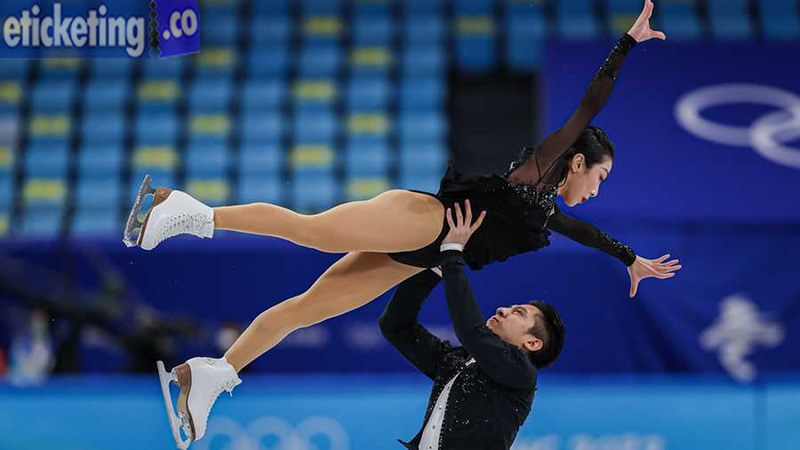
Mixed Reactions and Challenges at Olympic Figure Skating Arena
Mariah Bell, also from the US, skated a strong routine after many skaters fell or fell earlier in the night. Bell’s performance earned her 136.92 points giving her a combined total of 202.30. This briefly put her at the top of the leaderboard. By the end of the night, Bell finished in 10th place. Some skaters told reporters that the Valieva controversy affected them before their big night.
There’s always drama, said Madeline Schizas, a Canadian skater. I think it’s always a little difficult to tune that stuff out. It can be challenging to be questioned about things beyond your control. But Schizas said it was fitting that the case attracted so much coverage.
It’s something that everyone wanted to know about. There’s often a scandal at the games. This time it was our sport. At least one skater said lineup and schedule changes made before the event may have affected their performance.
I was kind of upset with the overall situation said 20-year-old Alexia Paganini who grew up in Connecticut but now competes for Switzerland. Paganini placed 22nd.The best 25 players not 24, took to the ice on Thursday night. The extra skater was added to the program’s lineup in case Valieva was later disqualified.
Paganini observed that a last-minute change can impact an winter Olympic figure skating focus.The practices before the programs started were faster than usual. Mentally, I was generally disturbed.
How Winter Olympic figure skating became all about the jumps
The 2022 Winter Olympics in Beijing feature 15 sports and 109 events, but the highlight of the games is figure skating—a stunningly intricate and highly demanding sport.
It all seems simple enough. The limits of the sport are finite skaters are limited to about seven minutes of skating between the short and long programs and only six jumps are allowed. They are governed by gravity. The cardinal rules remain more rounds are better than fewer rounds and don’t crash. However the method of skating can be difficult to understand.
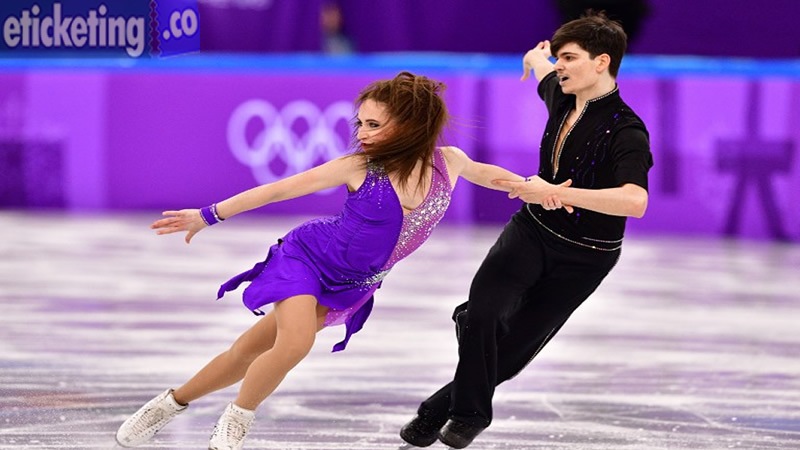
Figure skating is all about fine details. It’s a contest determined by microseconds fractional degrees and tiny decimal points.
Every four years skaters pour in a lifetime of effort—thousands of jumps and spins and falls; hours and hours of flexibility exercises nagging pain too much time spent in the cold – in less than 10 minutes of skating.
And while it requires superhuman strength and balance the sport has also traditionally had an artistic side. The grace of a skater’s movements and the forms they carve on the ice are meant to be captivating. Some skaters possess an unpredictable flair that keeps you hooked and eager to watch more.
The Intricacies and Artistic Flair of Olympic Figure Skating
The scoring system – which favors gymnastics especially jumps is controversial, and speaks to the debate about what skating should be like. I talked to former skaters, experts, and even physicists to explain how scoring and jumping work in figure skating, in the simplest English possible.
Over the past three Winter Olympic experts, skaters, and fans have debated whether figure skating has shifted focus from artistry and performance to sheer athleticism. Can you have both athletics and art? And what happens when the sport starts favoring one side over the other? All the controversy stems from the current scoring system.
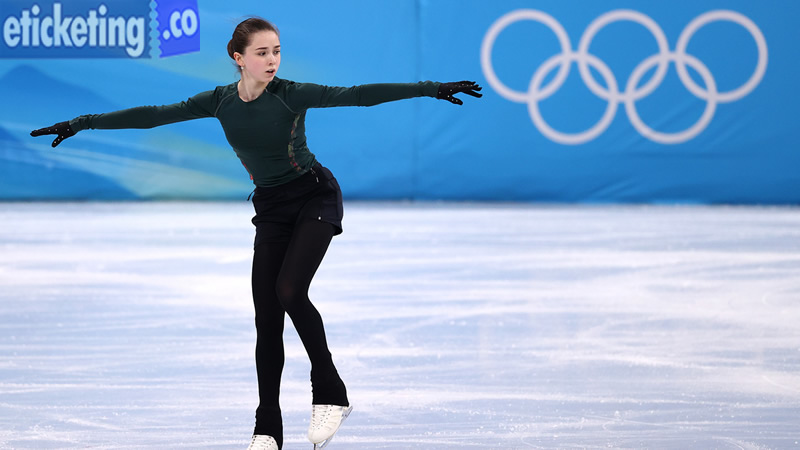
Twenty years ago, figure skating was jolted by a scandal involving competition-fixing in the Olympic pairs and ice dancing events. Investigations found that there was a conversion of votes by judges who were abusing the subjective scoring system. the old system was based on two score ranges – artistic and technical merit – which topped out at 6.0. In an effort to make a system less prone to abuse, a new approach focused on vulnerable populations emerged.
Fully implemented in 2006 the current system assigns numerical point values to jumps spins and other technical elements in a skater’s program in an effort to maximize the possible scores for those elements. coordinate. The idea is that if you break down the overall standard properties and elements into numbers, there is less room for subjectivity. Each of these elements has a default value, and judges determine how well a skater performed the trick on a -5 to +5 scale called the Grade of Execution.
The Controversial Scoring System in Olympic Figure Skating
A flawlessly performed element earns the athlete the base value plus a +5 GOE, enhancing their overall score. A perfectly executed element would award the athlete the base value of the element plus a +5 GOE, boosting their total score.
For skaters, the new scoring system makes it easier to progress or regress from competition to competition. It also puts the whole field into perspective. Everyone knows what scores they need to beat to get on the podium. To achieve the best scores, skaters must hit their jumps.
Of all the tricks in practice, the six known jumps—the toe loop, the loop, the salchow, the flip, the lutz, and the ax—are the elements worth the most points. At this point, quads, which are versions of those jumps in which the athlete does 4 to 4.5 revolutions is a human limit. Skaters are allowed three jump attempts or passes in their short program, which encourages skaters to maximize the difficulty of their jumps.
In their free wings or long programs, skaters get seven passes and may not jump again unless it is combined skaters cannot complete a program with one or two jumps they very good. In free skates, skaters can perform three combination jumps—executed in succession—that earn the highest points. And finally, skaters allowed three jump passes in the second half of their routine, which yields a 10 percent bonus, apparently as a reward for being able to land difficult jumps when fatigue sets in.
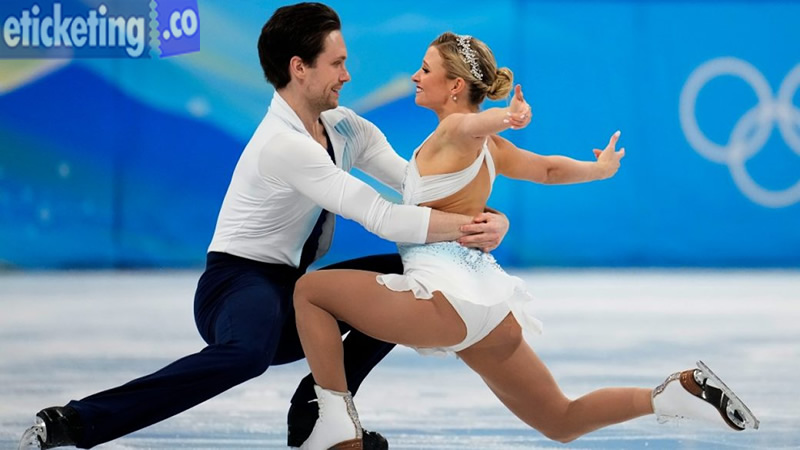
Due to the scoring system for quads and quad combos, the situation can become somewhat confusing. In theory, and it has occurred before, a skater with a riskier but messier routine might score higher than one with a cleaner, less challenging performance. The current system rewards risk.
How the Scoring System Rewards Technical Difficulty in winter Olympic Figure Skating
To see these points in action, here’s Nathan Chen’s free skate score sheet from the 2021 World Championships. You’ll notice that he got about 125 points from the executed elements a huge number of those derived from his combination passes, quadruple jumps performed by advanced GOE:
At the bottom of this score sheet is the Program Involvement score.what considered artistic side of the routine. The categories include skating skills, transitions, performance, composition, and musical interpretation. Each category scored on a scale of 1 to 10. The scores averaged, then doubled in the free skate. PCS can go up to 100 in the free skate and 50 in the short program. Chen’s score shows that element value often outweighs artistic marks.
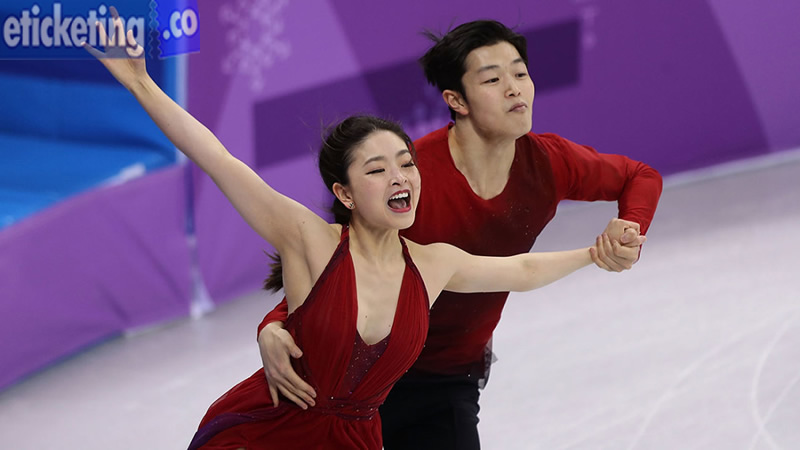
Under this scoring rubric, if the skipper had to choose what to focus on jumpers and spin would be the no-brainer choice. They are worth more. But as skaters move to jumps, some may neglect the artistic side of skating.
How the Scoring System Rewards Technical Difficulty in Olympic Figure Skating
In terms of artistic growth, some of the programs we’re seeing now are just putting patterns into a jersey and there’s really no performance aspect to it anymore said Polina Edmunds a former Olympic and US silver medalist, me. Edmunds retired in 2020 and currently runs a skating analysis podcast.
That’s not true for every captain. There are some who do a good job of combining both art and tricks. But in general I would definitely say the artistic side of women’s skating has gone down a lot because of the numbers game we’re trying to play, she said, explaining that although scoring is based on athletic ability pushing the sport to new heights, it has also emphasized some of its artistic beauty.
Experience the magic and excitement as fans from around the world gather to celebrate the spirit of the Games. Secure your Olympic Opening Ceremony Tickets now and create memories that will last a lifetime at the unforgettable Winter Olympic 2026.
